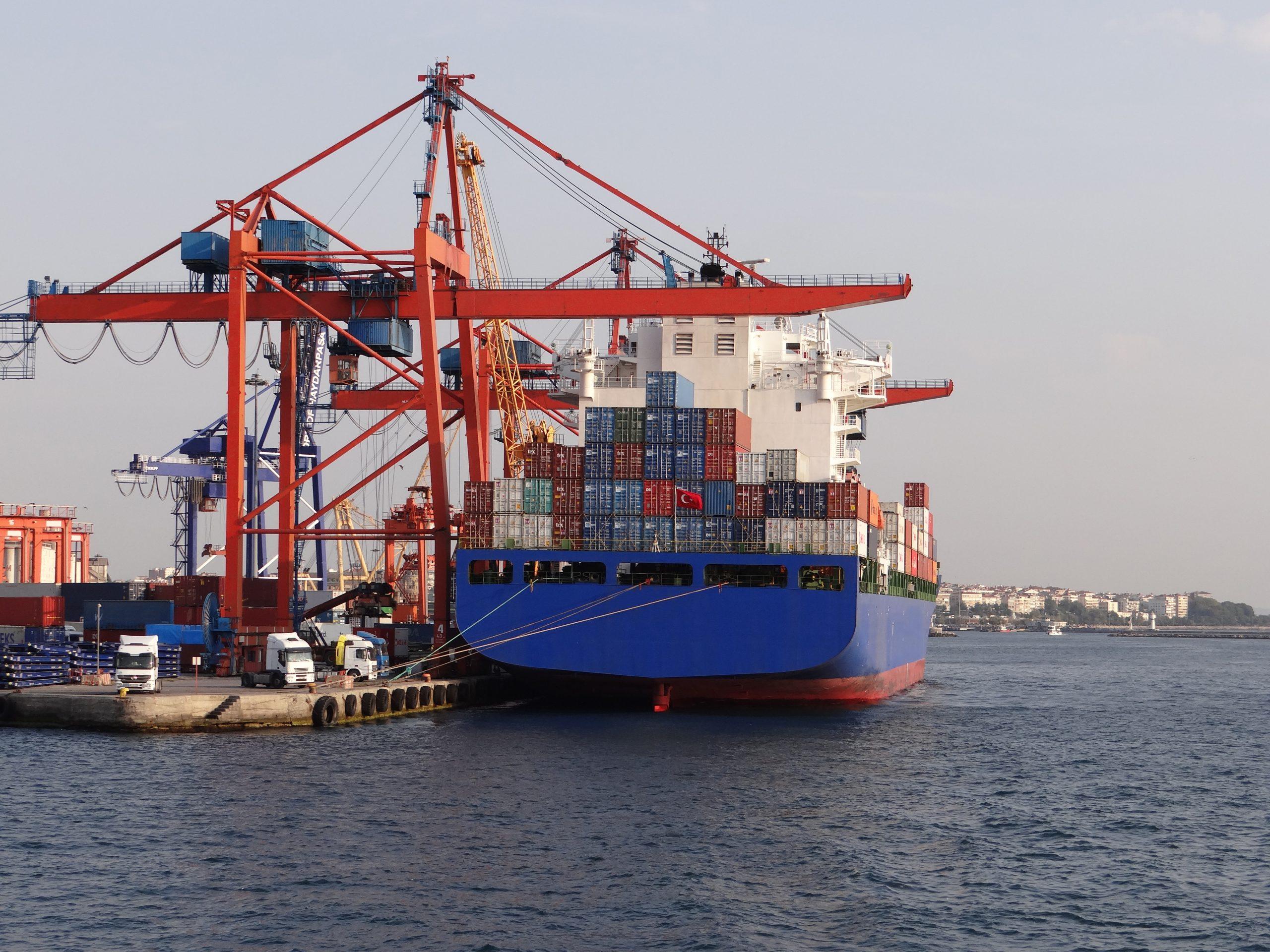Trade negotiations between nations have been a norm ever since a country has declared itself independent from colonization. The Philippines is not exempt from this. As international shipping in the country increases, cargo container companies play a more vital role in keeping goods flowing smoothly.
But the trade landscape is constantly evolving, and trade deals – sophisticated agreements between countries to make business easier – are a big part of the change. This article explores what these agreements mean for the industry.
Benefits
More Cargo, More Business
These deals often mean lower fees and simpler customs checks, making it cheaper and faster to move goods between partner countries. This translates to a potential boom in imports and exports, keeping Philippine shipping companies busy. Imagine more ships loaded with exciting new products.
Leveling the Playing Field
Trade deals can give Philippine exporters a fair shot at selling their goods overseas. By lowering import duties in other countries, Philippine products become more competitive. This means more cargo for Philippine ships, potentially carrying a wider variety of goods in larger quantities, leading to cost savings for everyone.
New Routes, New Opportunities
Trade deals can open doors to new trading partners, giving Philippine shipping companies access to exciting new destinations. Think exploring uncharted (well, not literally) trade routes and developing expertise in handling cargo specific to these regions. This diversification can be a game-changer for the industry.
Tech in Trade
Trade deals often encourage collaboration on cutting-edge technologies in shipping. Imagine using fancy cloud systems to track cargo in real-time, or having automated ports that run like clockwork. These advancements can make Philippine shipping more efficient, transparent, and resourceful.
Drawbacks
Stiffer Competition
Trade deals create a more open market, where international shipping companies from partner countries can now compete for a slice of the Philippine pie. This means Filipino companies need to step up their game by offering competitive rates, top-notch service, and continuous improvement to stay ahead.
Paperwork Headaches
Due to globalization, the Philippine shipping industry faces a significant hurdle in accurately identifying a product’s source due to the evolving nature of international regulations. These regulations can be intricate and subject to frequent changes, making it challenging to pinpoint the precise origin.
To maintain a smooth flow of goods, meticulous documentation that adheres to the latest requirements is crucial. This ensures efficient movement and minimizes the risk of disruptions. By prioritizing comprehensive and up-to-date documentation, the industry can navigate this complex landscape and ensure the seamless movement of goods.
Infrastructure Needs Work
The country’s shipping industry already faces challenges due to gaps in infrastructure, especially when it comes to connecting islands. Trade deals might bring more cargo, but without improvements to ports, roads, and inter-island shipping, bottlenecks and delays could become even bigger headaches. Investments in infrastructure are essential to avoid getting stuck in a traffic jam at sea.
Workforce Skills Gap
The world of trade under these deals can be complex, demanding a skilled workforce that understands logistics, customs regulations, and even foreign languages. If the Philippine shipping industry doesn’t have enough workers with these skills, it could struggle to adapt to the changing trade landscape. Upskilling and training are key to keep the crew up to speed.
Charting a Course for Success
Teamwork Makes the Dream Work
A well-coordinated operational environment within the Philippine shipping industry is needed for maximizing the benefits of trade agreements. This ecosystem can be fostered through the strategic alignment of various stakeholders. This should include government agencies, port operators, and logistics companies. By aligning their efforts and resources, the industry can achieve streamlined processes. This would then address infrastructure gaps, and identify and capitalize on new trade opportunities.
Tech to the Rescue
Modern advancements in operational tools are crucial for the Philippine shipping industry. These advancements provide real-time visibility into cargo movement, enabling optimized route planning and streamlined handling processes. By leveraging these advancements, the industry can achieve significant efficiency gains.
Investing in the Crew
To effectively navigate the intricacies of a transforming trade landscape, the Philippine shipping industry requires a workforce equipped with the necessary knowledge and expertise. This can be achieved through targeted investments in educational initiatives focused on relevant trade regulations, logistics management principles, and proficiency in key foreign languages spoken by major trading partners. By ensuring its workforce possesses this comprehensive skillset, the industry can position itself for long-term success in the evolving global trade environment.
Key Takeaway
The country’s shipping industry stands poised to capitalize on the evolving landscape of trade agreements. Strategic investments in technological advancements and fostering a more cohesive operational environment are key to maximizing international shipping in the Philippines. Through meticulous planning and the implementation of these improvements, the industry can navigate the changing landscape and secure a prosperous future.


